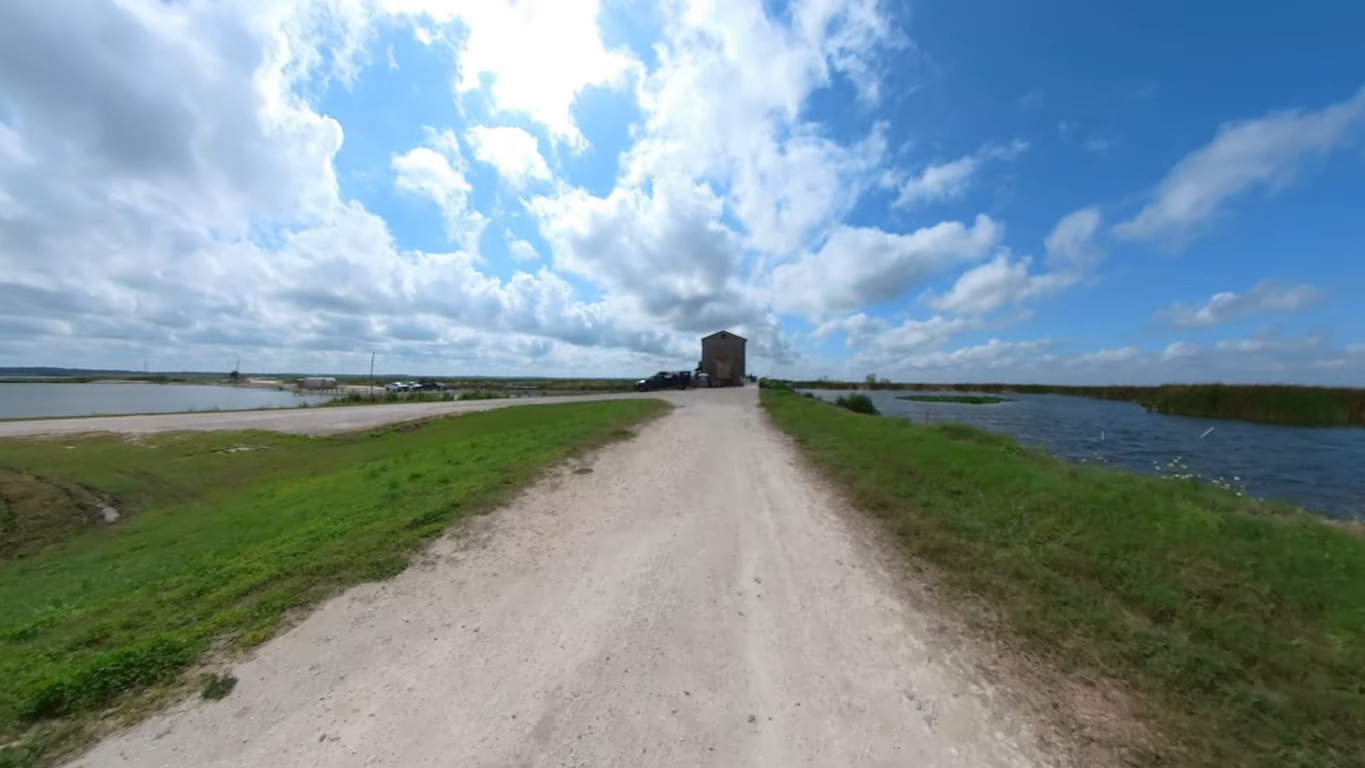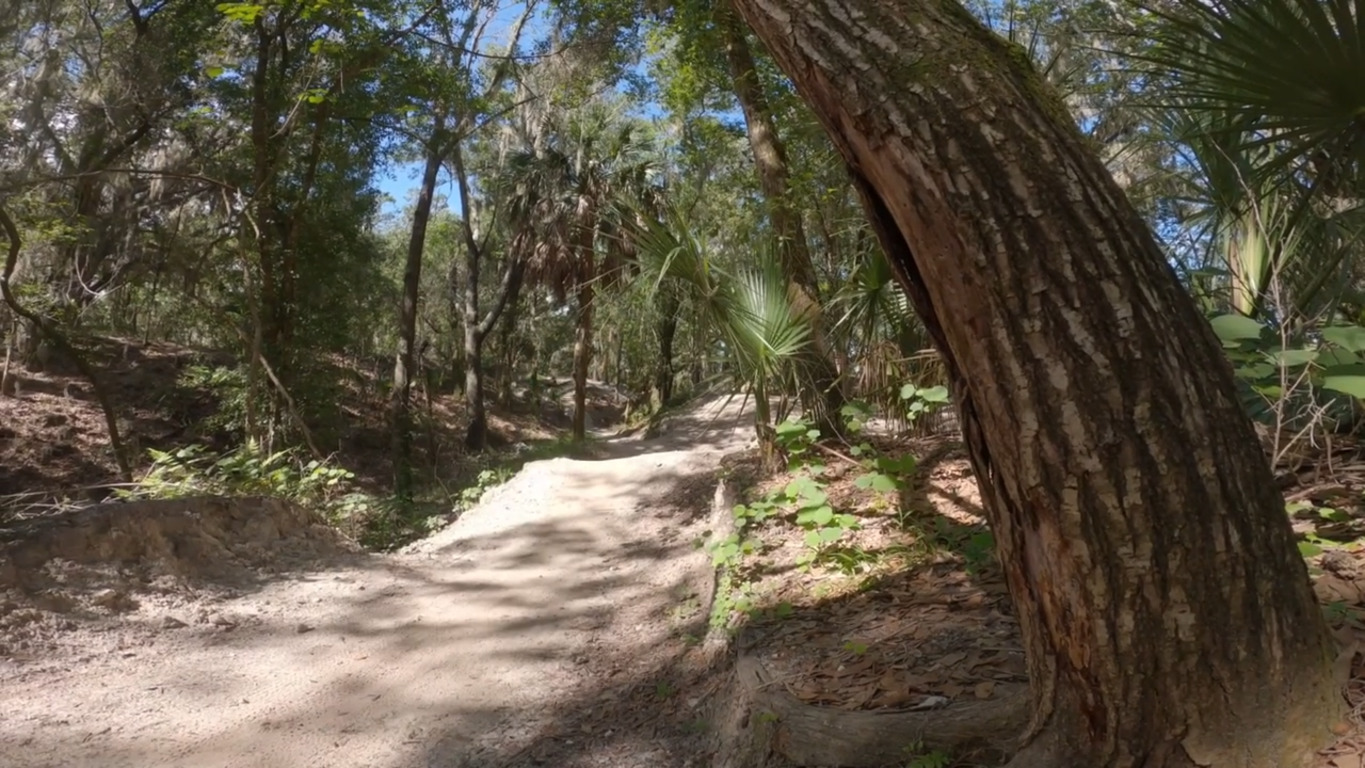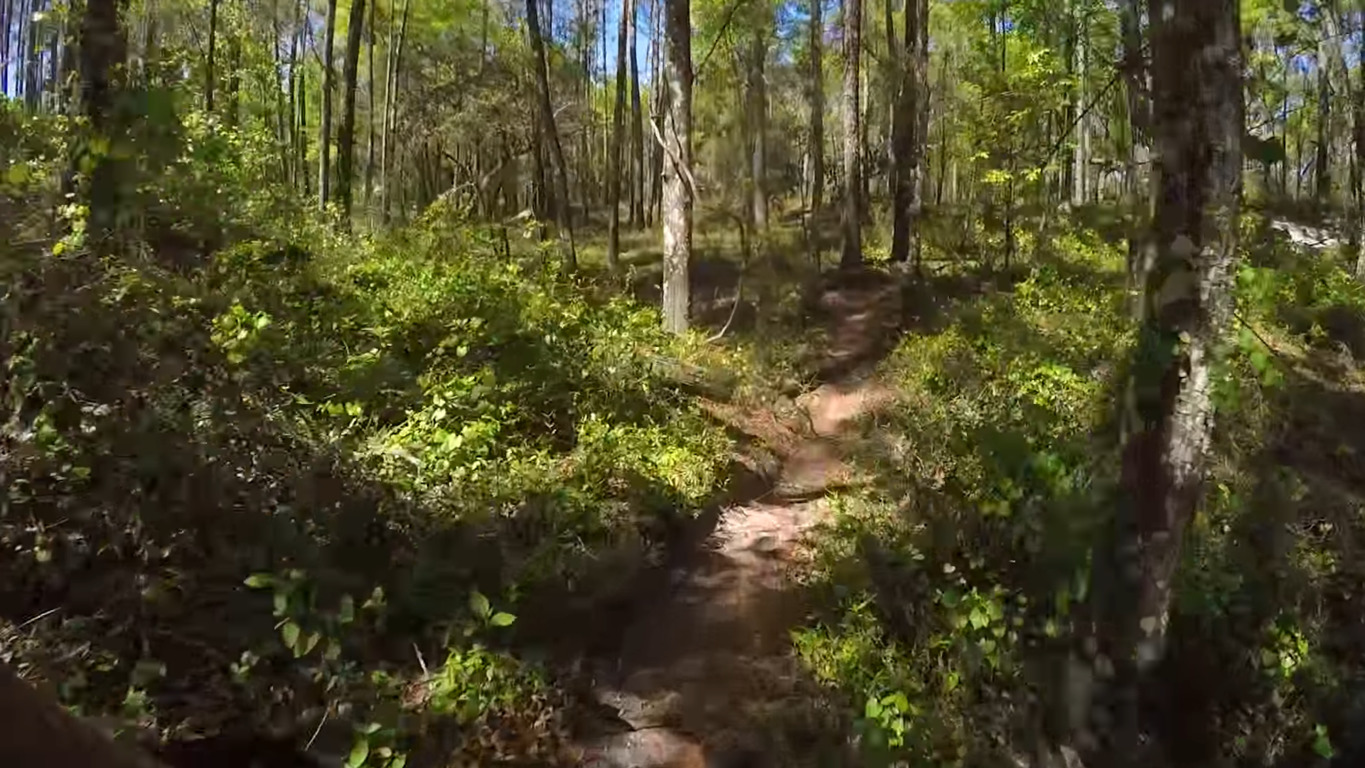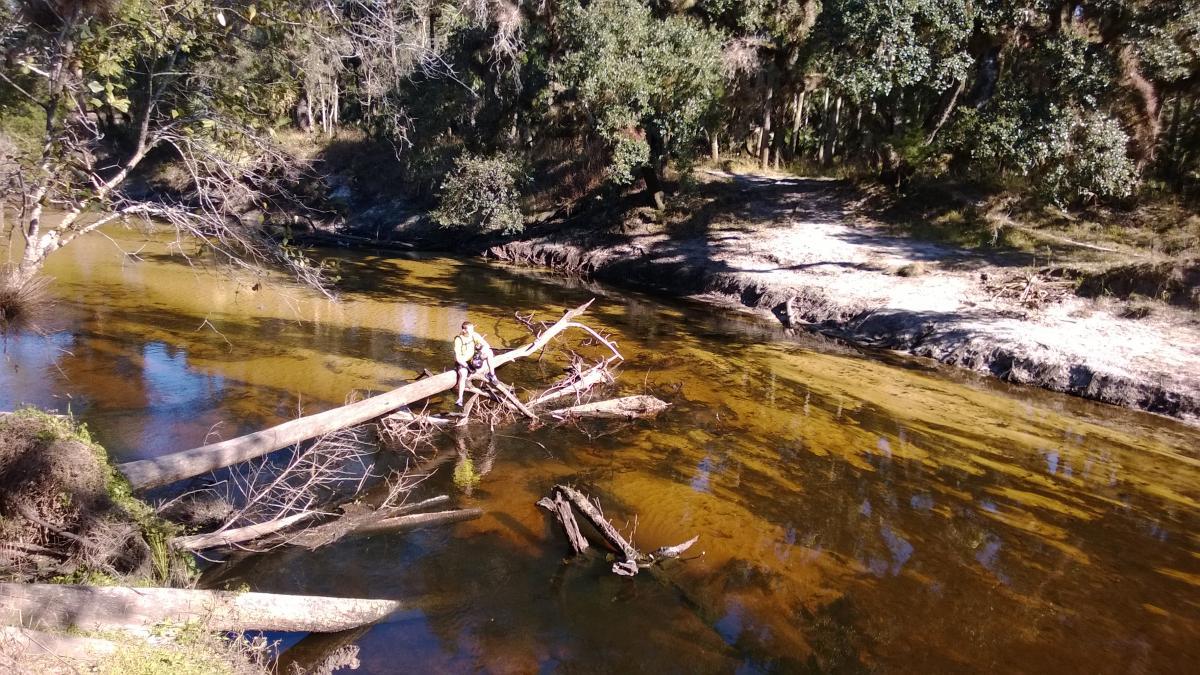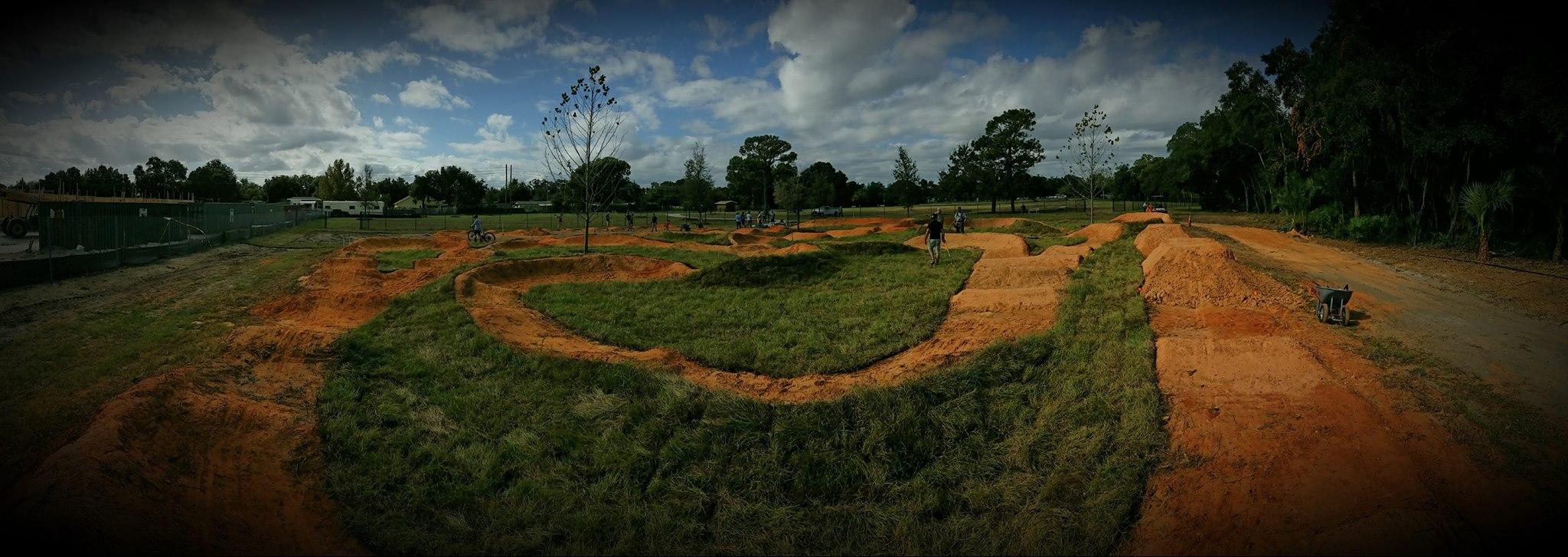Orlando, Florida: Area Description
Orlando is located in the southern region of the United States and it is approximately 85 miles from Tampa Bay, 60 miles from Melbourne in Florida and 77 miles from the Gulf of Mexico. Its metropolitan area has a population of more than 2.5 million and is the sixth-largest in the region and the biggest inland city in Florida.
Orlando is known for several lakes, a thriving citrus industry and Walt Disney World Resort. Its size of 102.4 square miles is three times smaller than Jacksonville.
Sinkholes are common in the area because of the porous limestone bedrock.
| Land area (sq. m; sq. km) |
308,4 km² |
| Minimum Elevation |
10 feet |
| Maximum Elevation |
82 feet |
Demographics of Orlando
Orlando City has approximately 309,000 inhabitants; a much lower population compared to the metropolitan area inhabitants. This is largely due to the city serving some unincorporated areas in Orange County.
The national average rate of citizenship is 93.4% and Orlando’s is 86.8%. Although there are multilingual households, a recent census found that many if not all residents of Orlando speak English at home.
The university student population in Orlando consists of twice as many women as men and the most common occupations are Management, Sales, Office and Administrative Support and Food Preparation and Serving respectively.
The average car ownership per household is 2 and it takes an average of 27 minutes to commute, with 77% of residents driving alone and around 8% carpooling.
| Total population (thousands, million) |
309 154 (2021) |
| Population density (persons per sq. km) |
2,774.65/sq mi |
Climate of Orlando
As a region with low elevation, summers in Orlando are humid and hot and the warm and mild winters feature low rainfall.
As previously mentioned, Orlando is close to the Gulf of Mexico where the Gulf Stream originates and it largely influences the warm and humid climate and may also create afternoon storms as air masses collide.
From May to September, the climate is rainy and hot and the daily average temperature during this humid season is 90°F; the lows hardly fall below 72°F and there are afternoon thunderstorms almost daily which help to alleviate the heat.
Winter months are November to March and they are characterized by low rainfall and nighttime lows average temperature dropping to as low as 48°F. They may also feature frost and snow although that is rare because of the dry winter. We recommend checking the climate before riding during these months because the weather in Orlando is prone to fluctuations in winter. For instance, beginners might find the Main Loop trickier to navigate in winter because of the fast descents, steep climbs and small roots.
Average Temperature by Months and Seasons
| Month |
Average Temperature |
| January |
60.6 |
| February |
63.6 |
| March |
67.3 |
| April |
72.2 |
| May |
77.3 |
| June |
81.2 |
| July |
82.6 |
| August |
82.6 |
| September |
81.0 |
| October |
75.5 |
| November |
68.2 |
| December |
63.3 |
Infrastructure
How connected is Orlando? For starters, it is in the middle of the State’s highway network. There are major roadways such as Interstate 4 that links to Tampa and connects many theme parks or the 408 East-West Expressway that you can use as an alternative to access Turnpike.
The region also offers more options by rail, sea and air. They include Orlando International Airport which is accessible via 528 Beachline Expressway, Daytona Beach International Airport and Port Canaveral which is the third busiest worldwide because millions of people use it annually to travel to the Caribbean and the Bahamas.
There are also several bike trails in Orlando with parks, bike tools, facilities, lakes, wildlife and picnic spots that you can explore for fitness or leisure. These trails are easily accessible. For instance, the Lake Apopka Trail with paved asphalt is only half an hour away from Downtown Orlando.
Another great bike trail that is just as close is the Cady Way Trail which links to shopping malls, Winter Park, business districts and other trails such as the Cross Seminole Trail. There are large oaks along the route that provide plenty of shade. The downside is that it can be quite crowded on weekends and in the evenings but it is a fantastic choice for riding in the fall and spring seasons.
Before embarking on your ride, confirm the requirements because while many trails allow leashed dogs, dogs are not allowed in bike trails such as the Main Loop. Also, look out for roots and sharp descents on some trails.
Sights and Landmarks in Orlando
Orlando is one of the most visited destinations in the world for a reason.
It has scenic bike trails where you will find alligators, bobcats, birds, raccoons, turtles, butterfly gardens, and beautiful lakes. It is also home to the famous Walt Disney World Resort and various attractions. They include:
- Kennedy Space Center Visitor Complex
- Universal Orlando Resort
- Gatorland
- Winter Park
- Orlando Science Center,
- Legoland Florida
If you want to retreat to a quiet place, Harry P. Leu Gardens provides a welcome relief from the noise. The 50-acre botanical garden includes fountains, ponds, winding walking trails and gardens with roses, bromeliads and elm trees. Lake Eola Park is ideal for picnics and you can have an up-close interaction with aviaries and aquatic life at Discovery Cove and SeaWorld Orlando. Here you can view sharks, sea lions, exotic birds and killer whales and also snorkel and swim with dolphins.
FAQ about Trails in Orlando
Which is the best mountain bike trail in Orlando?
Lake Apopka Loop Trail which is accessible from sunrise to sunset is a great option for all bikes and seasons because it is paved with asphalt. It is near Downtown Orlando, not to mention the facilities and park areas on both sides and the mainly flat terrain which allows you to comfortably view birds, gators and other wildlife.
Are there multi-use trails near Lake Nona?
The best we can think of is the Orlando Southeast Trail which features paved and unpaved terrains as well as interlinked bike paths and spans through many rural and suburban surroundings. The tree-lined trail with bike share stations runs for several miles around multiple lakes and parks and you will come across several birds, reptiles and other animals while riding.
When is the best time for bike riding in Orlando?
The singletrack Little Big Econ Mountain Bike Trail provides a decent technical challenge but we would recommend it when there are dry conditions because some sections can be very muddy and flooded when it rains. Also, there are many bike paths in Orlando that you can access throughout the day but popular ones such as Cady Way Trail become busy in the evening and on weekends so you may want to choose a more convenient time.

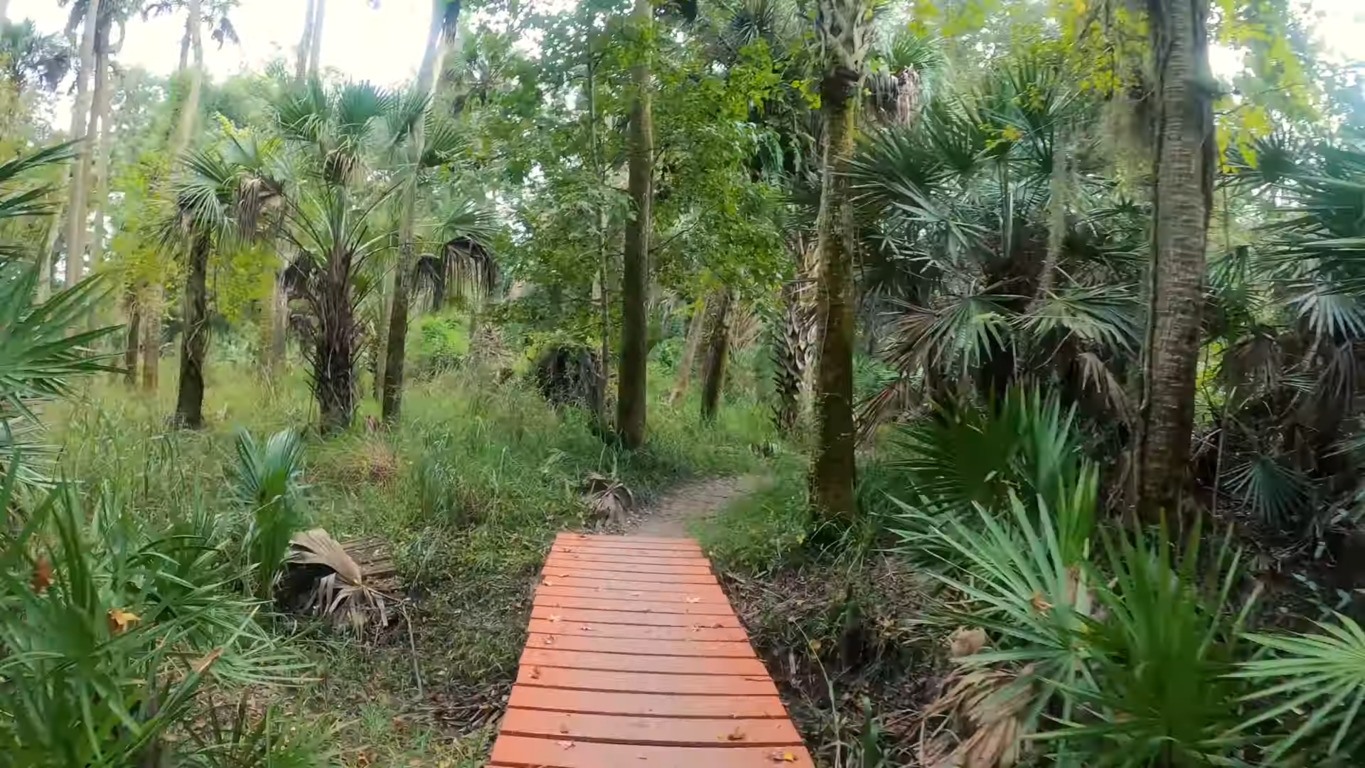
 17.1 km
17.1 km

